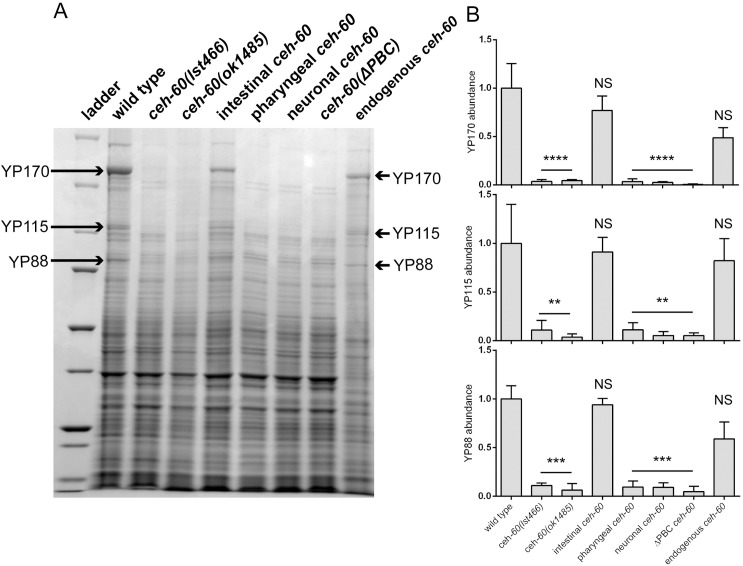Fig 2. Intestinal expression and an intact PBC domain are essential for CEH-60’s vitellogenesis-regulating function.
(A) Upon electrophoresis of total protein extracts, yolk proteins (YP170, YP115, and YP88) are present as abundant bands in wild-type animals but not in ceh-60(lst466) or in ceh-60(ok1485). Restoring ceh-60 expression under its own promoter (ceh-60p::ceh-60) or in the intestine (elt-2p::ceh-60) rescues the presence of yolk proteins in ceh-60(lst466) mutants, but expressing ceh-60 in the AWC neurons (odr-1p::ceh-60) or the pharyngeal muscles (myo-2p::ceh-60) does not. Truncating the PBC domain of resupplied CEH-60 (ceh-60p::ceh-60(ΔPBC)) also does not rescue yolk protein production in ceh-60 mutants. Yolk protein band identity is based on [7,27]. (B) Quantification of yolk proteins YP170, YP115, and YP88, normalized against total protein present in a lane and rescaled so that each YP has a mean abundance of 1 in wild type. **p < 0.01, ***p < 0.001, ****p < 0.0001. Error bars = SEM. N ≥ 3. Underlying data are available in S1 Data. NS, not significant; YP, yolk protein.

